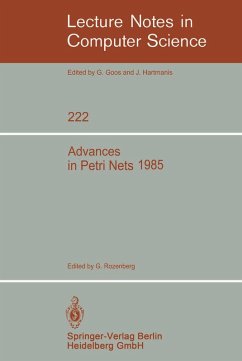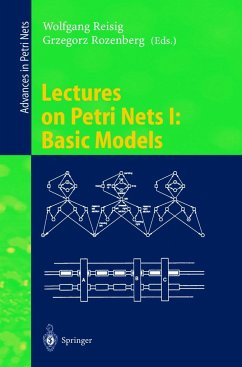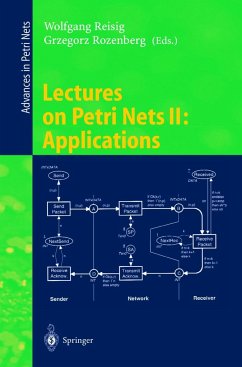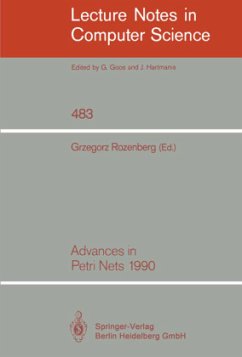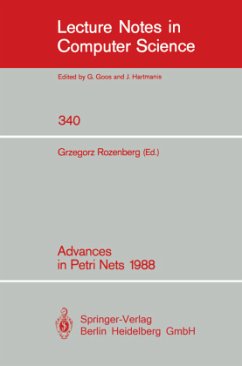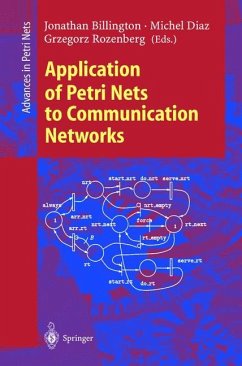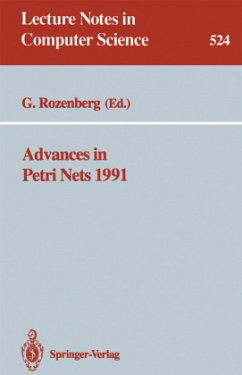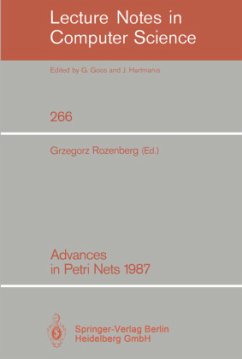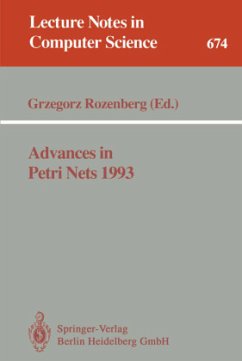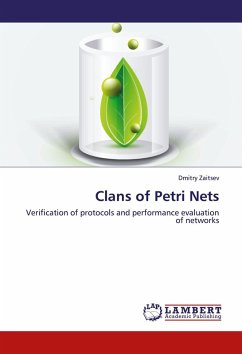
Clans of Petri Nets
Verification of protocols and performance evaluation of networks
Versandkostenfrei!
Versandfertig in 6-10 Tagen
55,99 €
inkl. MwSt.

PAYBACK Punkte
28 °P sammeln!
Foundations of the functional Petri net theory were developed for the analysis of detailed models of networking protocols. Methods of timed Petri nets reduction on the basis of equivalent transformations of formulas describing their transfer function were constructed; weak types of nets equivalence were investigated. Methods of synthesis of continuous (fuzzy) logic functions given in tabular form were developed. Bases of the theory of clans of systems of the linear algebraic equations were built, allowing the acceleration of the systems solving in rings with a sign, as well as the correspondin...
Foundations of the functional Petri net theory were developed for the analysis of detailed models of networking protocols. Methods of timed Petri nets reduction on the basis of equivalent transformations of formulas describing their transfer function were constructed; weak types of nets equivalence were investigated. Methods of synthesis of continuous (fuzzy) logic functions given in tabular form were developed. Bases of the theory of clans of systems of the linear algebraic equations were built, allowing the acceleration of the systems solving in rings with a sign, as well as the corresponding algorithms and software. Methods of synthesis of Petri net models on standard specifications of telecommunication protocols with use of intermediate language of cooperating consecutive Hoare processes were developed. Petri net model of the electronic commerce protocol IOTP was synthesized. Verification of protocols ECMA, BGP, TCP, IOTP was fulfilled. The method of compositional calculationof invariants for infinite Petri nets with regular structure was developed.



